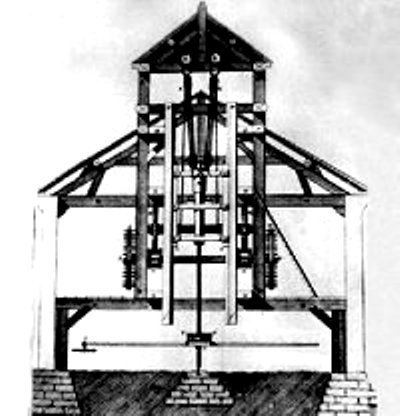Name Florent-Jean Valliere | ||
 | ||
Jean-Florent de Valliere (7 September 1667 – 7 January 1759) was a French artillery officer of the 18th century. He was lieutenant-general of the King's Armies. In 1726, de Valliere became Director-General of the Battalions and Schools of the Artillery.
Contents
Through the Royal Ordonnance of October 7, 1732, de Valliere endeavoured to reorganize and standardize the King's artillery. He significantly improved the method used for founding cannons, superseding the technique developed by Jean-Jacques Keller. He thus developed the de Valliere system, which set the standard for French artillery until the advent of the Gribeauval system.
De Valliere system
Whereas numerous formats and designs had been in place in the French army, de Valliere standardized the French sizes in artillery pieces, by allowing only for the production of 24 (Canon de 24), 12, 8 and 4 pound guns (the weight is the weight of the cannonballs), mortars of 12 and 8 French inches, and stone-throwing mortars of 15 French inches.
The French pound weighting 1.097 English pounds, the French guns fired slightly heavier balls (13.164 pounds) than their English equivalent 12-pounder. The French inch was 2.707 cm, slightly longer than the English inch of 2.54 cm.
The de Valliere system used core drilling of the bore of cannons founded in one piece of bronze, a method developed at that time by Jean Maritz, which allowed for much higher precision of the bore shape and surface, and therefore higher shooting efficiency.
The de Valliere guns were also highly decorative and contained numerous designs and inscriptions.
Barrel
The back part occasionally included an inscription showing the weight of the cannonball (for example a "4" for a 4-pounder), followed by a Latin inscription "Nec pluribus impar," meaning that the King is "No unequal match for many," i.e. "None his equal." This was followed by the royal crest of the Bourbon dynasty. The location and date of manufacture were inscribed (in the example "Strasbourg, 1745") at the bottom of the gun, and finally the name and title of the founder (in the example "Fondu par Jean Maritz, Commissaire des Fontes"). The breech was decorated with an animal face showing the rating of the gun (in the example the lion head for a 24-pounder).
Breech design
The guns had cascabel designs which allowed to easily recognize their rating: a 4-pounder would have a "Face in a sunburst", an 8-pounder a "Monkey head", a 12-pounder a "Rooster head", a 16-pounder a "Medusa head", and a 24-pounder a "Bacchus head" or a "Lion head".
Operational activity
The de Valliere guns proved rather good in siege warfare, but were less satisfactory in a war of movement. This was especially visible during the War of the Austrian Succession (1747–1748), and during the Seven Years' War (1756–1763) where mobility was a key factor and lighter guns were clearly in need. The lack of howitzers was another issue.
Numerous de Valliere guns were used in the American War of Independence, especially the smaller field guns. The guns were shipped from France, and the field carriages provided for in the US. These guns played an important role in such battles as the Battle of Saratoga, and the Siege of Yorktown. George Washington wrote about the guns in a letter to General Heath on 2 May 1777:
"I was this morning favored with yours containing the pleasing accounts of the late arrivals at Portsmouth and Boston. That of the French ships of war, with artillery and other military stores, is most valuable. It is my intent to have all the arms that were not immediately wanted by the Eastern States, to be removed to Springfield, as a much safer place than Portsmouth …. I shall also write Congress and press the immediate removal of the artillery, and other military stores from Portsmouth. I would also have you forward the twenty-five chests of arms lately arrived from Martinico to Springfield."
Obsolescence
Jean-Florent de Valliere had a son, Joseph Florent de Valliere (1717–1776), who became Commander of the Battalions and Schools of the Artillery in 1747, who persisted in implementing his father's system. From 1763, Gribeauval, as Inspector General of the French Artillery, and second in rank to de Valliere, started efforts to introduce the more modern system that would give France one of the strongest artilleries for the following century.
